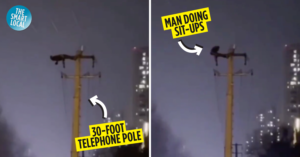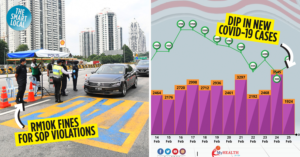Everyday mysteries in Malaysia
There are things we come across in Malaysia that we don’t question simply because they are common occurrences in our life. So when curious-minded individuals, or first-time visitors to Malaysia ask us why, we’re often left dumbfounded. But if you’ve ever wondered why Malaysia has 2 national holidays, or why backward jackets are a “fashion trend” with motorcyclists while cruising down the roads, and other everyday mysteries in Malaysia, read on to find out more:
1. Why do the lamp posts in Putrajaya look so fancy?
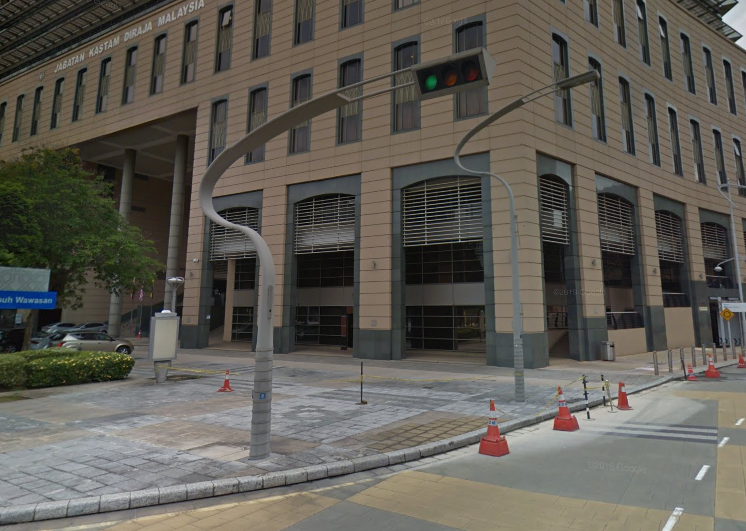
Image credit: Reddit
Street lamps typically have a standard look: a straight pole with a downward-facing lamp. But anyone who lives in or has been to Putrajaya, may have noticed that the street lamps there have curvy poles and bear ornaments such as steel waus.
Because Putrajaya is a planned city, a lot of elements that you see in this federal territory – from wide boulevards to scenic bridges, and street lamps – is a product of strategic planning to put this city up in comparison to Champs-Elysee in Paris.
According to the Putrajaya Lighting Masterplan by Perbadanan Putrajaya, these street lamps are designed to give off as much light as possible without causing light glares, or light pollution. But more than that, they’re designed to blend into their surrounding environment while staying aesthetically pleasing. Hence, you’ll see wavy street lamps to match curvy curbs, and angular street lamps to reflect the architecture of various bridges in Putrajaya.
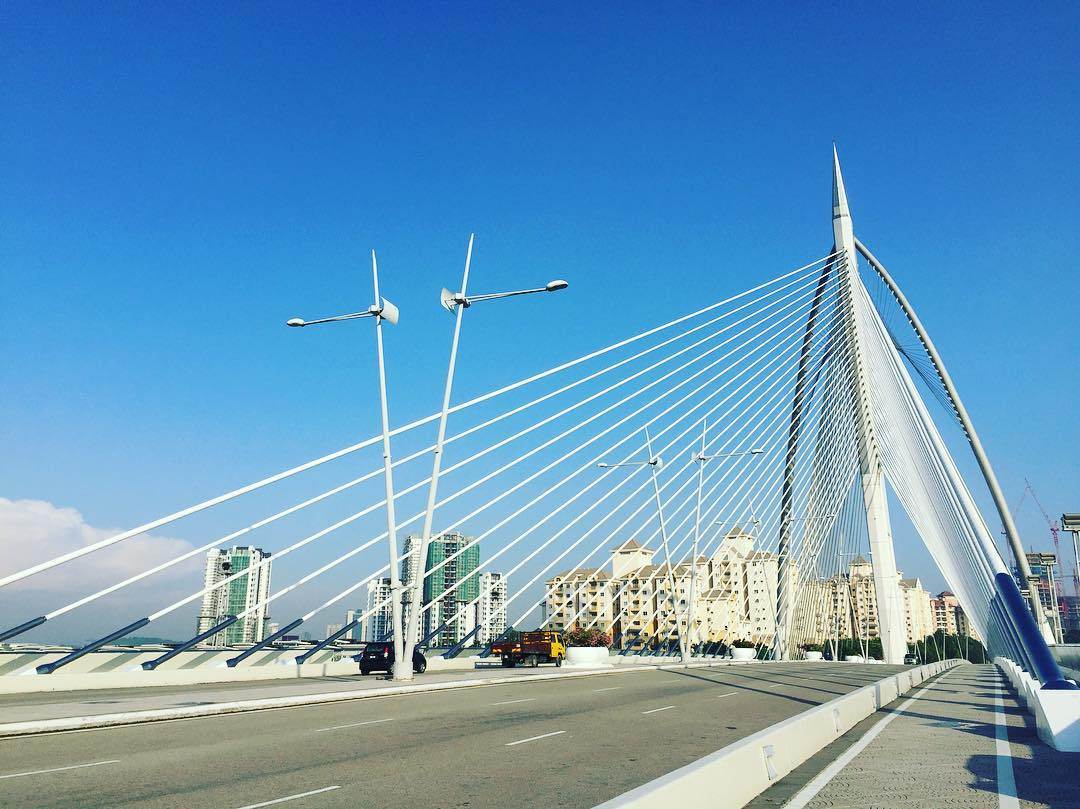
Image adapted from: @myrandomcontemplations
It’s even become a running joke to those who frequent Putrajaya that if you were to ever get lost here, you can easily figure out which precinct you are in from these various street lamps.
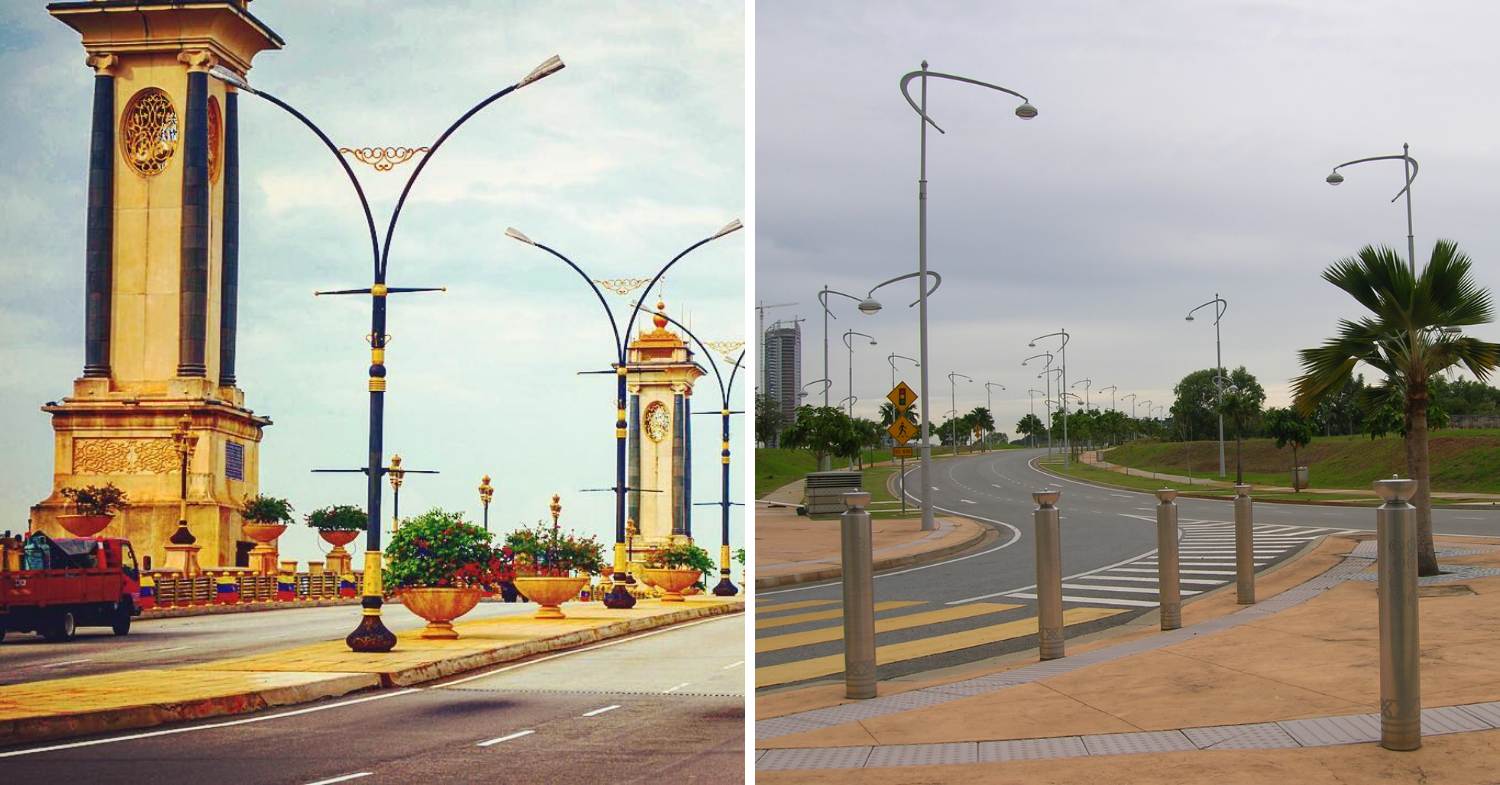
Image adapted from: @vigneshumapathy and Wikimedia Commons
2. Why do boomers and millennials refer to the ringgit as “dollar”?
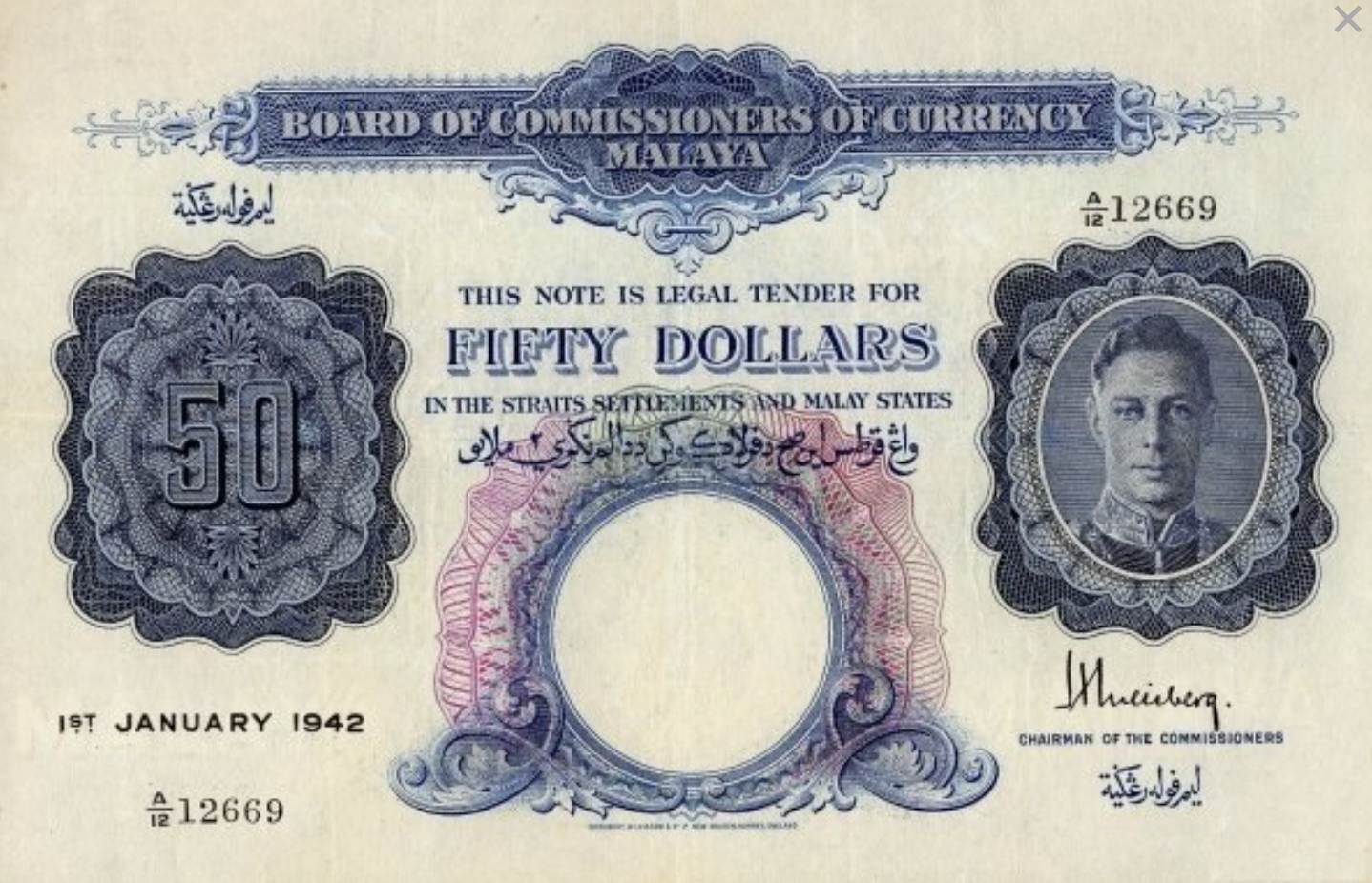
Image credit: Colnect
It’s not strange to hear some boomers and millennials referring to the ringgit as a dollar, or telling you the cost of something is “10 dollars” instead of “10 ringgit”. While your first thought is to assume it’s just a slip of the tongue, or to correct them on their error, it’s actually an old habit some have a hard time shedding as the ringgit used to be called a dollar.
The official name for our currency, the ringgit and sen, was only made official in 1975 – 18 years after our country’s independence. So anyone referring to them before would’ve called them “dollars”, as our currency was once called Malayan dollar, then Malaysian dollar.
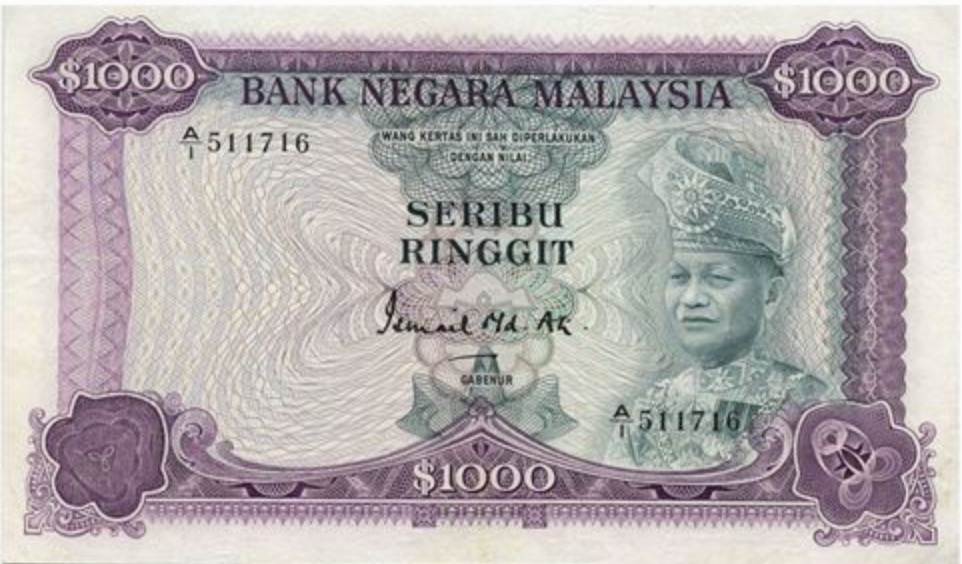
Physical Malaysian notes and coins continued to bear the dollar sign until 1993, when the ringgit got its own symbol.
Image credit: Leftover Currency
3. Why do motorcyclists wear their jackets backwards?
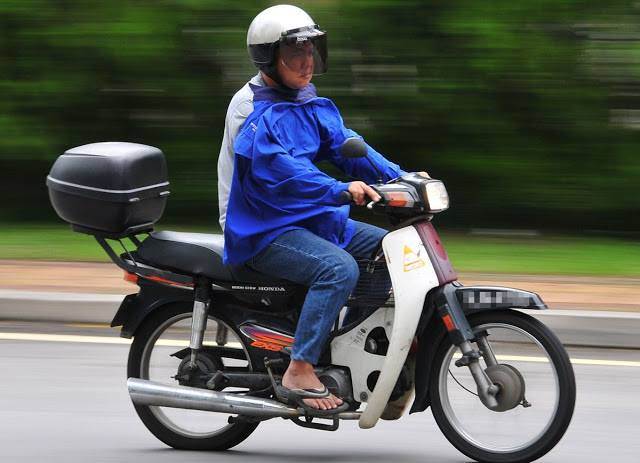
Image credit: Polis Diraja Malaysia (Royal Malaysia Police)
We all know that jackets are meant to cover your back and arms when you’re cold. But here, you’ll see motorcyclists skipping this way of fashion for jaket terbalik – or, backwards jacket – while they’re on the road. While it’s not uncommon to see tourists abroad wearing their backpacks on their front, similar to jacket terbalik, to keep their valuables safe from pickpockets, the reasons for wearing a jacket backwards is not the same one for Malaysian motorcyclists.
Various factors contribute to this unique fashion style. But it’s mainly because of one thing – our blistering weather. Wearing a terbalik jacket means it’s easier to take it off once you get to your destination, so you’re not spending an extra second sweating. Riders will also be protected from the oncoming blast of wind while keeping their backs cool.
Others also say it’s to prevent masuk angin, or body aches caused from cool temperatures our bodies aren’t used to. Another reasoning is that when rain pours, the jacket better shields riders when worn terbalik.
This “fashion” is so rampant here that the PDRM even took notice of it and issued a warning to those who wear terbalik jackets, but without fines. According to a Facebook post, they shared that unzipped jackets – whether worn backwards or forwards – can be a potential hazard as it might get stuck in another motor vehicle when motorcyclists are on the roads.
4. Why do Malaysians wash their feet before going to bed?
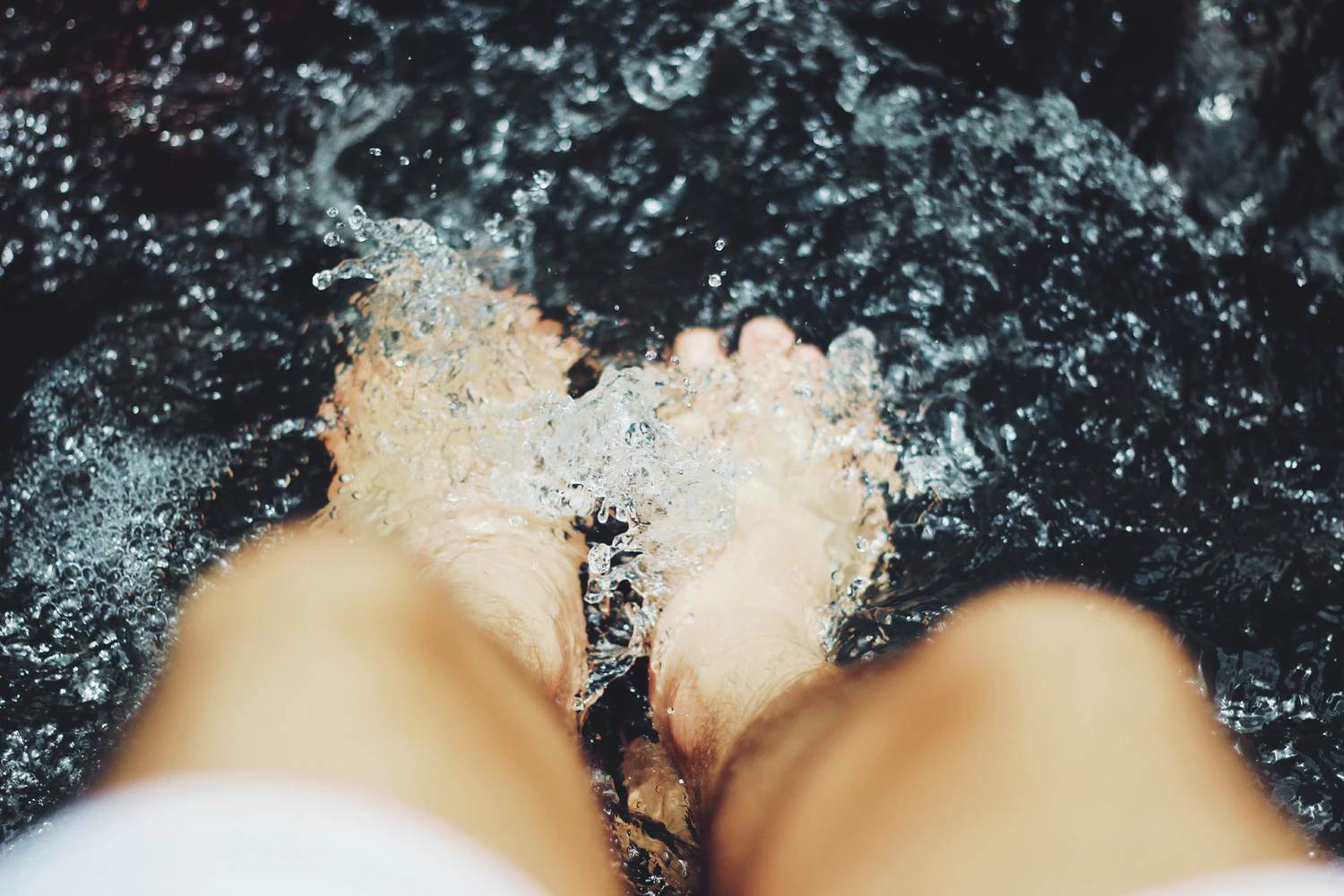
Image credit: Unsplash
Chances are, you do this, or know someone who does this as part of their bedtime routine. But you’ve never bothered asking about it as it just seems like proper hygiene practice we all ought to do – especially now as we’re living through a pandemic.
But Malaysians are known to be a superstitious bunch, with many of us growing up hearing the previous generation’s share of superstitions. So this feet-washing practice is mostly likely an old wives’ tale.
It’s said that washing hands and feet after coming home from outside excursions is a must, else bad spirits might attach themselves to the most exposed parts of our bodies. The same logic applies here – some religiously wash their feet before bed to get rid of spirits, and to keep nightmares at bay.
5. Why are there so many crows in Malaysia?
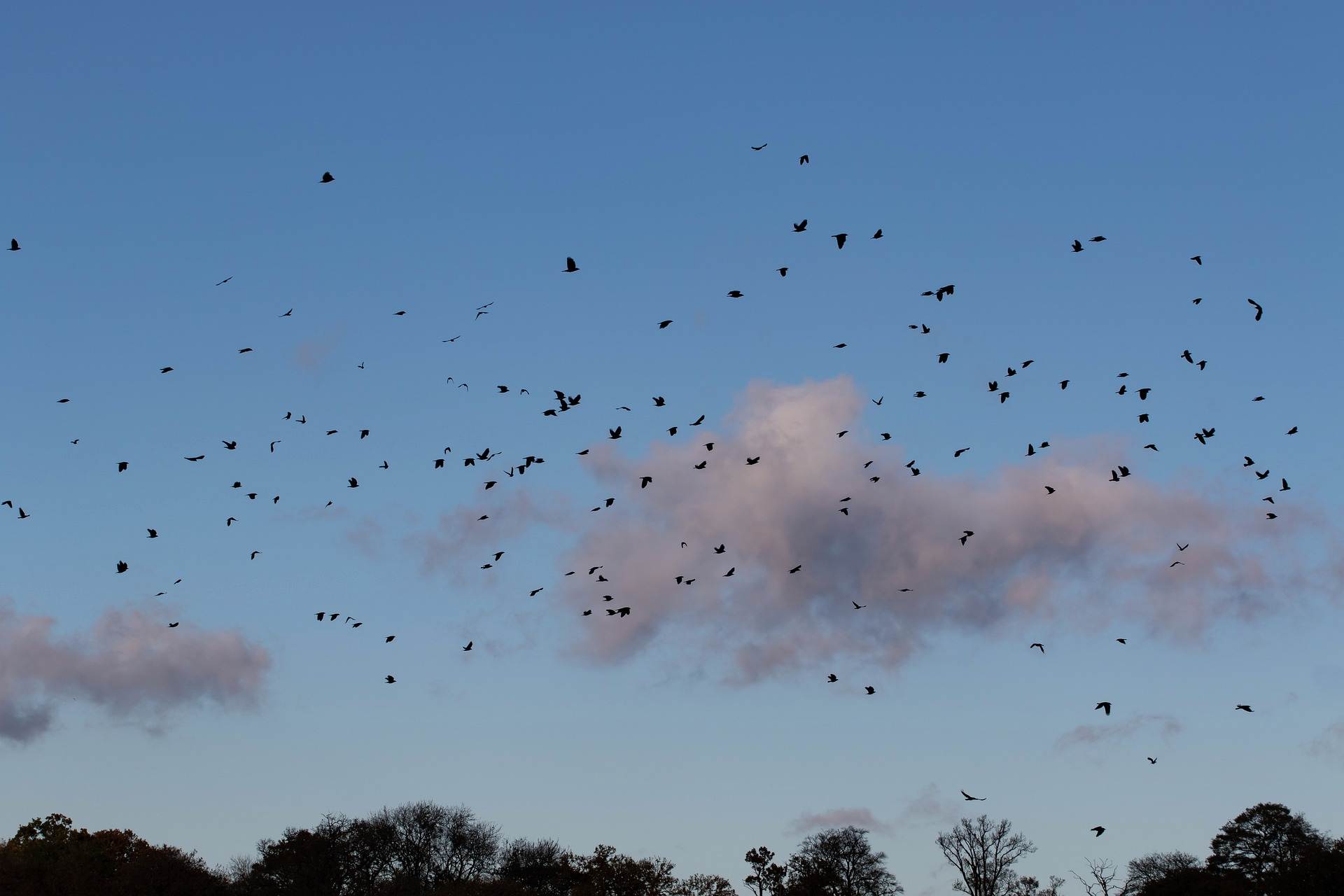
Image credit: Pixabay
It’s not hard to find crows in Malaysia. These black birds flock over the streets of every city – KL, Melaka, Penang and Johor – leaving behind unsanitary droppings on streets and vehicles that’s made them a pest to Malaysians. The DBKL even carries out operations to shoot down these birds throughout the year to keep them off our streets.
According to academic studies at Monash University, a group of 53 crows were shipped in from Sri Lanka to Port Klang in the 1980s in an effort to help stomp out human waste and caterpillars that were a pest to crops in KL. Their numbers have since grown, as they are usually found in large groups and lay 3-5 eggs at a time during their breeding months of April to July.
But not all of these birds were imported. Some of them were said to have hitched a ride on ships travelling back and forth between Malaysia and other countries.
6. Why do Malaysians celebrate 2 national days?
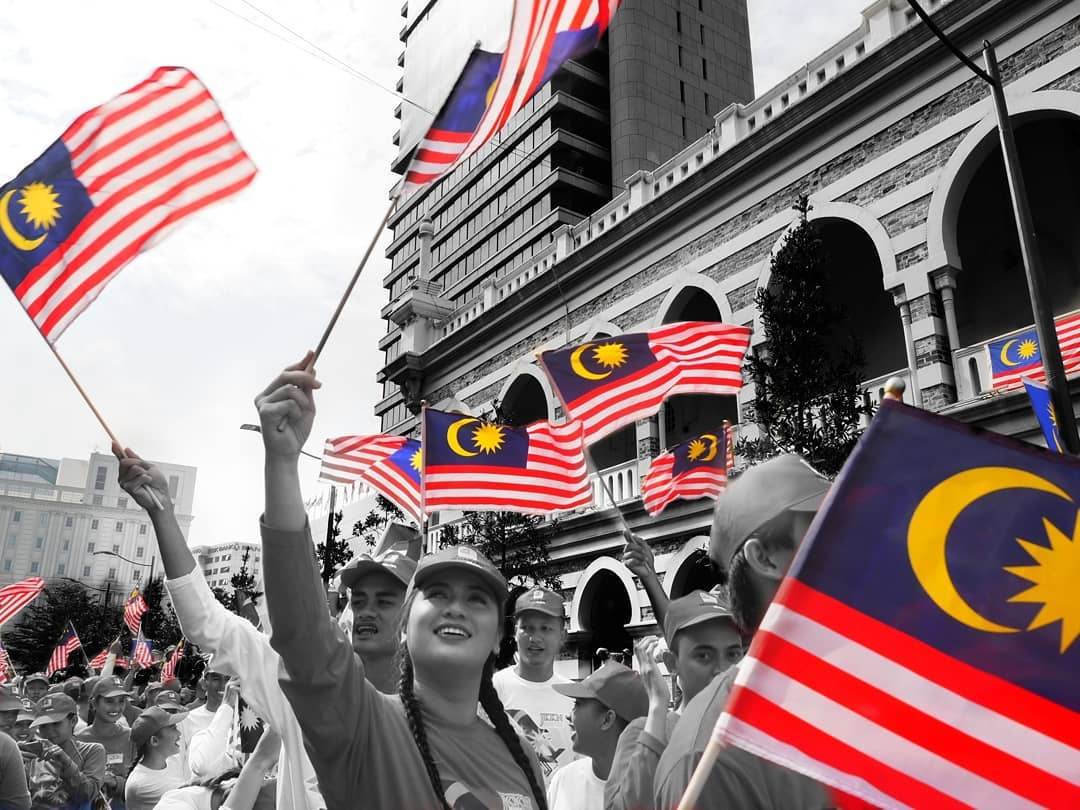 Image credit: @projectmuhibbah
Image credit: @projectmuhibbah
We don’t necessarily question what public holidays in Malaysia are for, only that we get an extra day off to celebrate and cheer on different cultures, historical moments in our country’s history and achievements of those around us. Case in point, when Malaysia won the Thomas Cup in 1992 and Suzuki Cup in 2010 that led to a spontaneous, 1-time public holiday in the respective years to celebrate the events.
When it comes to Merdeka Day and Malaysia Day, we’re often just filled with patriotic pride on both days, and understand them to be important moments in our history. But they actually commemorate 2 separate occasions.
Merdeka Day, also called Hari Merdeka or Hari Kebangsaan, is the official independence day of the Federation of Malaya – otherwise known as the 11 states under British colonial rule from 1948-63 – which we celebrate on 31st August annually since 1957.
Malaysia Day, celebrated a couple of weeks later on 16th September since 1963, marks the day Malaysia as a country was formed to include North Borneo, Sabah and Sarawak, as well as Singapore – even though Singapore separated from Malaysia on 9th August 1965.
To date, we celebrate 2 national days because both take into account our country’s important historic moments, and have different cultural significance that are relevant to all Malaysians.
7. Why are there so many potholes on Malaysian roads?
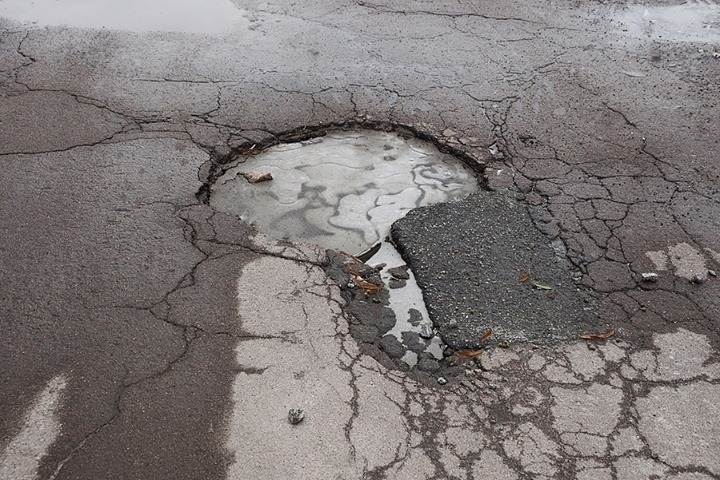
Image credit: @metropavinginc
Potholes aren’t uncommon to any country with busy streets and highways. But Malaysia seems to have a whole darn lot of them that’s made it a hot topic of discussion among anyone who has ever been inconvenienced by bumpy rides, accidents or tire punctures after driving past one.
There are many ways to explain this one – from workmanship to heavily loaded vehicles causing quicker wear and tear on roads. Other factors that make roads more susceptible to potholes are frequent bouts of rainfall and the change in temperatures.
KL records an average of 221 rainy days a year – which means that more than half of our year is spent weathering out thundering storms and rainfalls. And water is said to be one of the road’s “main enemies”, as it causes erosions, which leads to our roads shifting and sinking. Excessive flooding also leads to puddles that weaken the structure of our roads over time.
8. Why do some Malaysians only eat with their right hands?
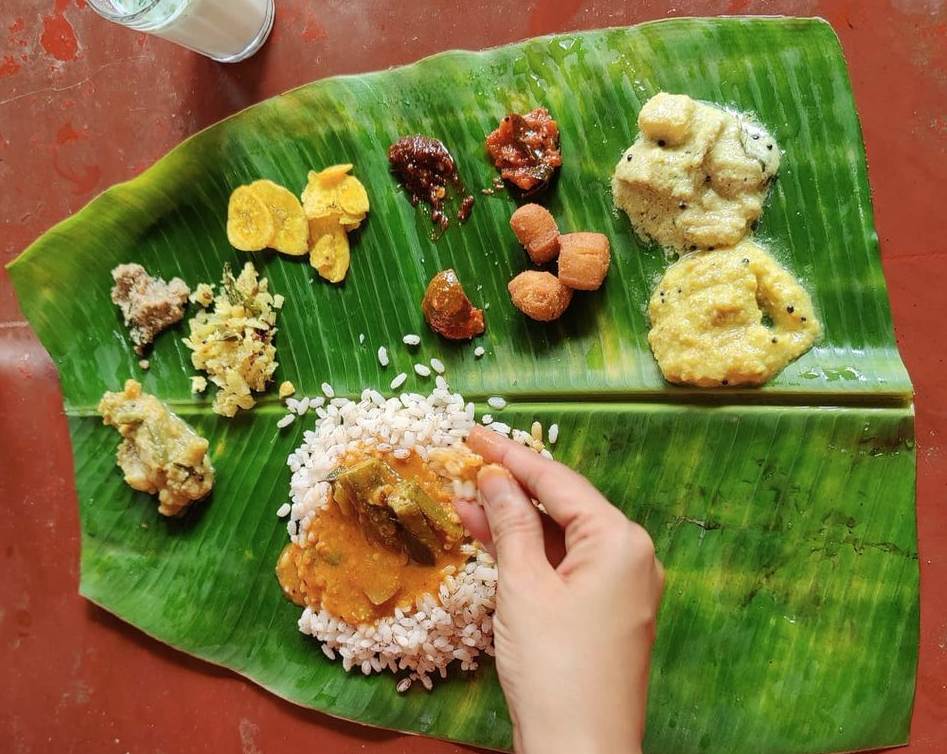
Image adapted from: @dhasnigdha
Eating with hands is a practice common in Southeast and South Asian countries. Those who do so have various reasonings behind it – from cultural norms, to health benefits, as it’s said to help portion control as you aren’t able to shovel down as much food with your hands than with an utensil. But there’s only one way to eat with your hands locally, and that is with the right hand.
For Malays and Indians, who still practice eating with their hands at home and in restaurants, left hands are left out of mealtimes as they’re used for less-than-appetising personal usages. As hygiene is key before and after meals, a teapot and bowl – teko cuci tangan, or hand-washing teapot – gets passed around for diners to wash their hands before eating with their right hand. If not, you’ll see standalone sinks in dining areas of local restaurants for you to do so.
There’s also a particular way to eat with your hands. Only the tips of your fingers, which is used to gather and niftily pick up whatever is on your plate, should touch food. If food were to get on anywhere else, such as your palms, it’ll be considered rude and a quick trip to wash your hands is recommended.
9. Why are 4s or 14s omitted on some high-rise buildings’ elevators and house addresses?
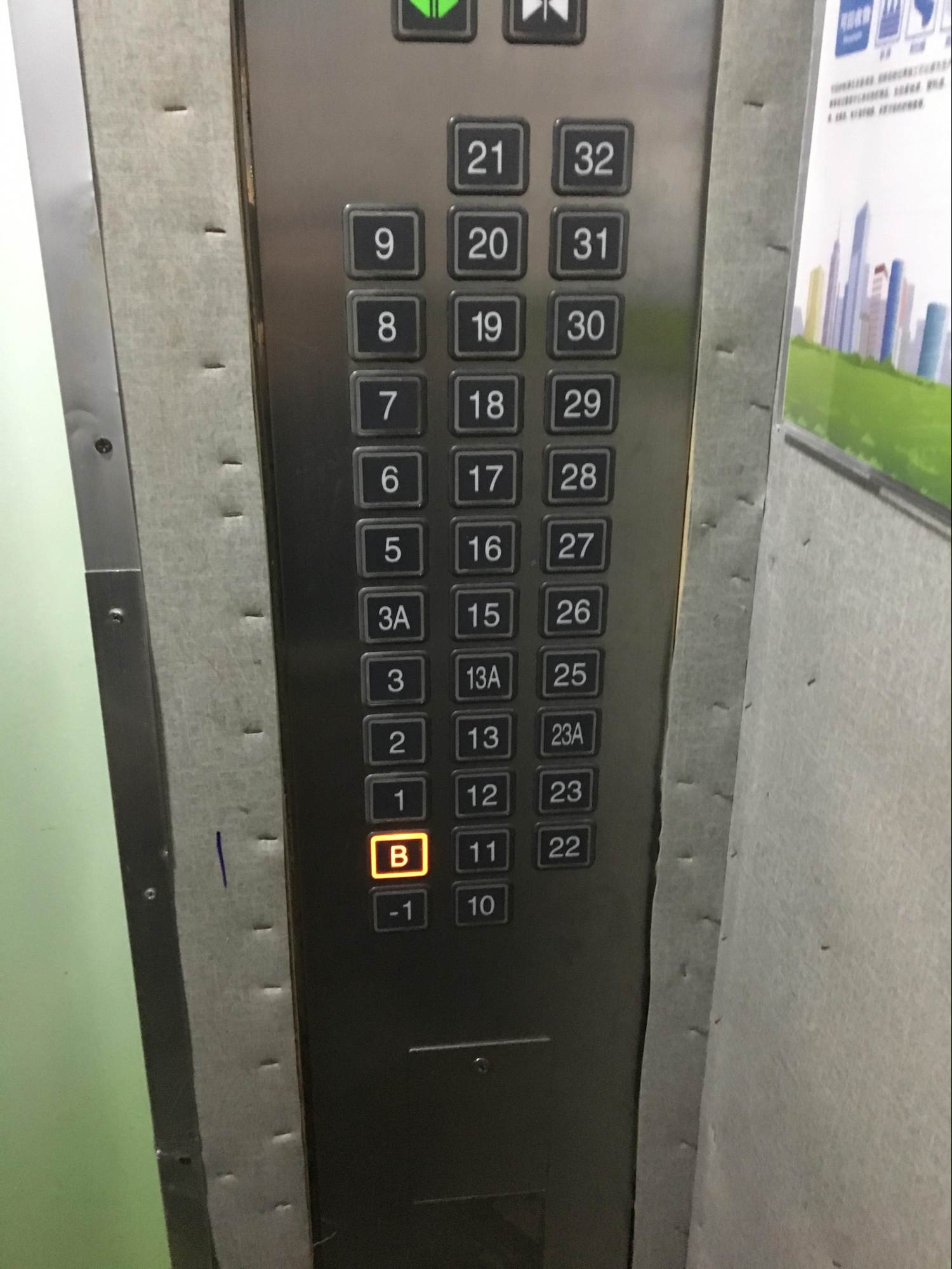
Image credit: Reddit
The absence of the number 4 is common in East Asian cultures. For the Chinese community in Malaysia, the numbers 4 and 14 sound like the word “death” or “must die” in various Chinese dialects spoken here. This is why you’ll never see these numbers used for addresses, elevator buttons, streets, and anything else that requires the use of a number for labels.
You’ll find 4 replaced with 3A, and 14 replaced with 13A and so forth – a practice prevalent across the nation, whether or not the people living there are superstitious.
As we live in a diverse country, it’s impossible to avoid these numbers. In the rare instance that they show up, such as on phone numbers and addresses, you’ll find some Chinese giving them a pass to avoid ill-fated circumstances.
10. Why are there different coloured road signs on highways?
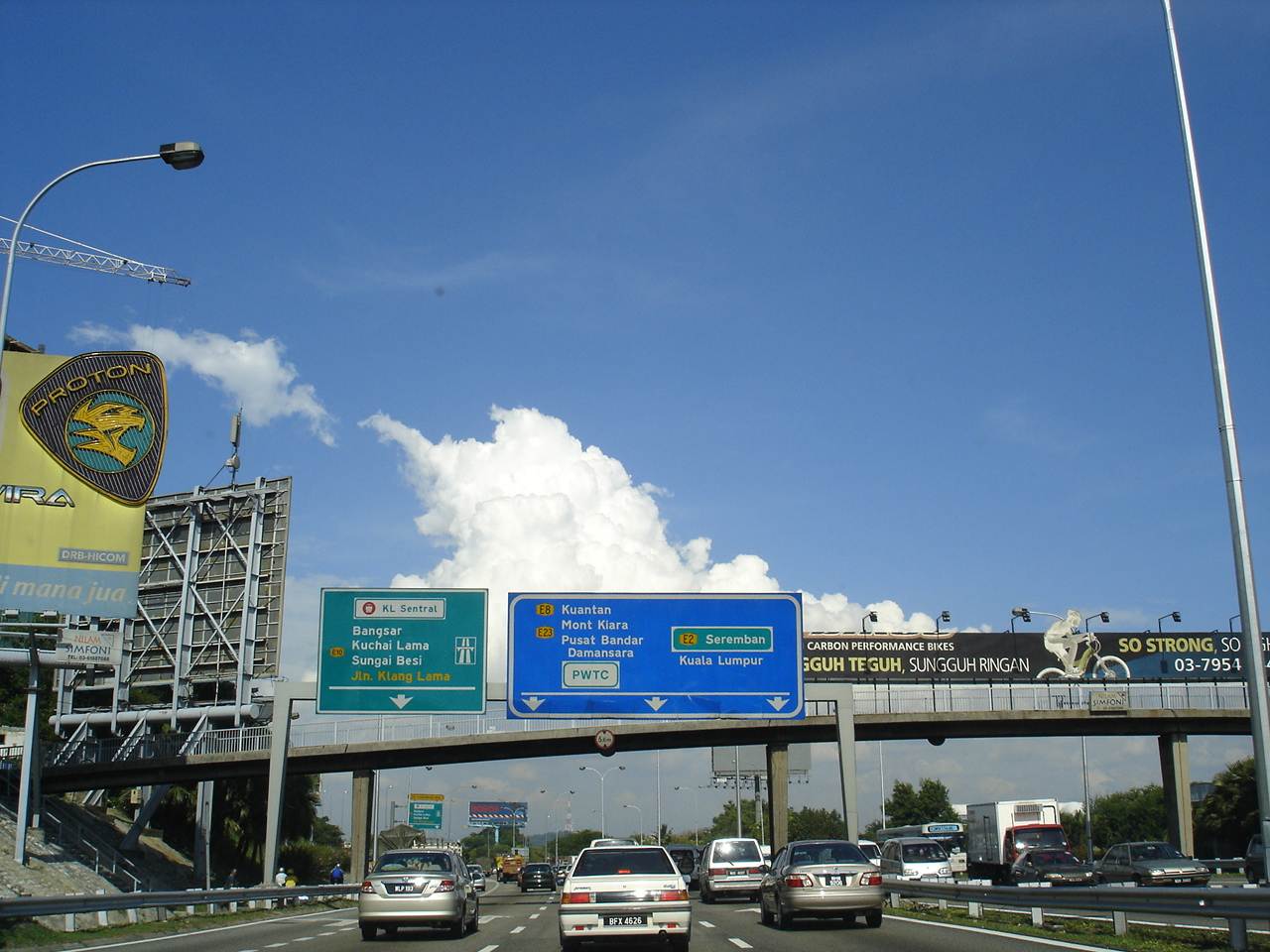
Image credit: Wikimedia Commons
Driving on Malaysian roads can be confusing, with signboards in green and blue, and different coloured boxes and letterings within them. Even though we’ve learnt the reasons for this during our driving tests, many locals have also forgotten what they actually mean, with the ubiquitous use of navigation apps such as Waze and Google Maps.
So here’s a little refresher for drivers and heads-up for non-drivers in Malaysia: Blue signboards indicate federal, state, and municipal roads without tolls, while green signboards lead you down a tolled expressway or highway. As for the blocks and numbers within them, any yellow box that has the letter “E” signifies an “expressway” while yellow blocks with just a number signify federal roads.
Text in white refers to towns, while yellow refers to a road. Occasionally, you’ll see a brown box with white words. This is for tourist attractions. Yellow letters in green boxes is another one that you’ll see, which is used to refer to government-owned buildings.
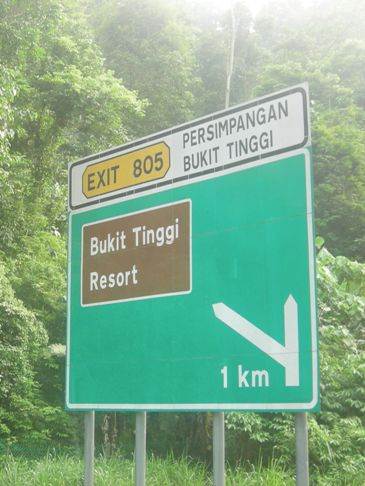
Image credit: Wikimedia Commons
11. Why do Malaysians have a scar on their left arm?
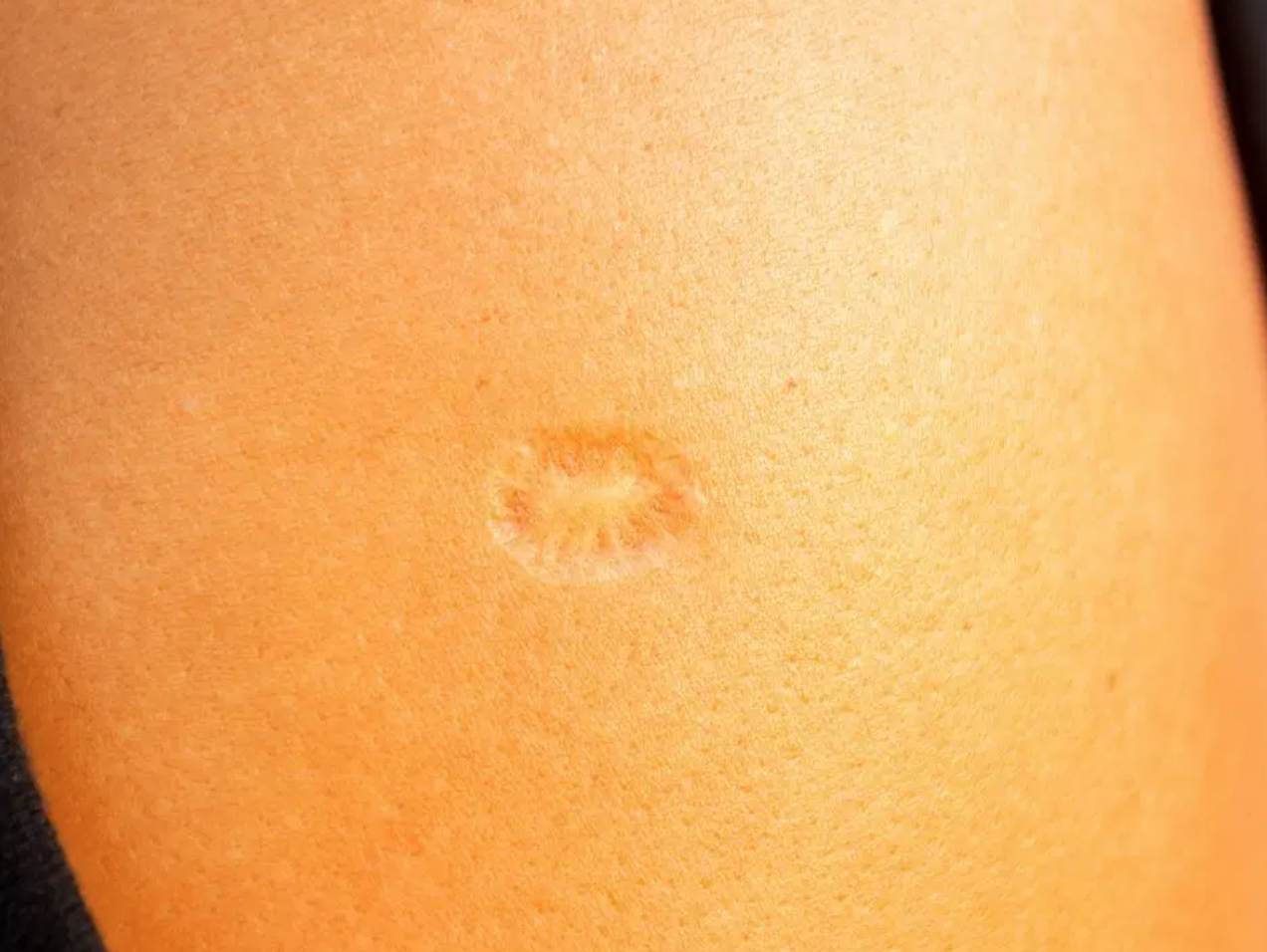
Image credit: Medical News Today
Most Malaysians have scars on our left arms that look somewhat like blooming flowers. And while we likely remember that we acquired this distinctive and prominent scar through vaccinations via routine school check–ups, we were probably too young then to remember what it’s for.
It’s actually a scar left behind from a BCG vaccine shot – short for Bacillus-Calmette Guérin vaccine – that’s used to guard individuals against tuberculosis. This is because tuberculosis is a viral airborne disease that once affected many countries, including Malaysia, in 1993 – similar to the COVID-19 pandemic we’re currently living in now.
Malaysia initiated the National BCG Vaccination Program in 1961, in which every newborn baby had to be vaccinated. So many of us got this shot when we were babies – if we didn’t, we would have gotten it later in school. But not all who have had the shot will have a scar, as it’s said to be caused by skin-dose reaction and how the shot was carried out.
Everyday mysteries in Malaysia
We may not have to think too hard about these everyday mysteries, as most of us living in Malaysia come across these in our daily lives. But if you ever had questions about them, or wondered what the reasoning behind them was, we hope this list of 11 everyday mysteries in Malaysia explained away your boggled minds.
Read more stories here:
- 30 childhood things all M’sian millennial owned
- 14 haunted places in M’sia & the horrors you’ll see on a visit
- 8 popular CNY snacks and their origin stories
Cover image adapted from: Polis Diraja Malaysia (Royal Malaysia Police) & @myrandomcontemplations

Drop us your email so you won't miss the latest news.
